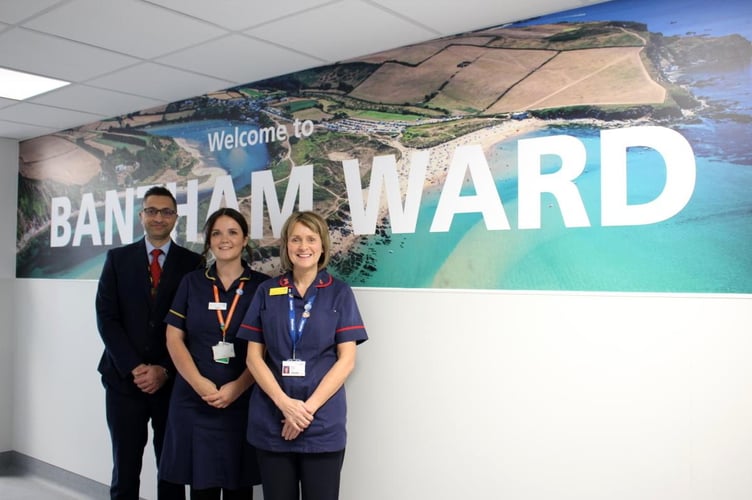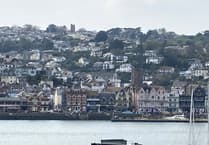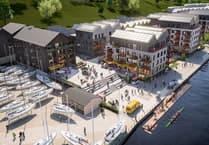A brand-new Orthopaedic ward with a South Hams name has opened as part of the ongoing University Hospitals Plymouth NHS Trust site redevelopment.
After facing unprecedented levels of demand for Orthopaedic services, together with the suspension of elective activity during the COVID-19 pandemic, patients have faced increased waiting times.
Bantham ward will enable an increased delivery of timely and high-quality elective orthopaedic services, positively impacting waiting times and reducing waiting lists. In doing so, this will prevent patients’ health from further deteriorating through lack of access to care, also reducing pressure on emergency and urgent care pathways, and with it, increasing flow and reducing admissions.
The new ward can facilitate 24 patients and is based on the ground floor of a brand-new 2 storey modular building, whilst the top floor is home to the Chestnut Unit (Urology). The building is located to the right of Maternity and Women’s Services.
There are also plans for three new Orthopaedic operating theatres with work currently underway and a completion date of early 2024.
Patients including those waiting for knee and hip replacements, shoulder replacements and spinal fusion, have experienced long waits due to limited theatre capacity and the demand for emergency surgery. But three new theatres will help to restore Orthopaedic activity and bring waiting lists down. This will take the total number of theatres at Derriford Hospital to 35.
Rathan Yarlagadda, Consultant Orthopaedic Surgeon, said: “Waiting lists are a national problem and a concern to all of us here. What the wards and eventually the theatres will do is give us the extra capacity and resilience to continue to deliver for our patients, and our pathways will enable us to deliver our services quicker, safer, and in greater numbers, to help with our waiting lists.”
The ward is named after Bantham which lies on the estuary of the River Avon a quarter of a mile from the sea at Bigbury Bay which offers views of Burgh Island. Originally a fishing village, it was first documented as a port selling tin and various tin-made products to the Gauls during Roman times.It became a regional centre for the pilchard trading industry.




